Embarking on the journey of creating a medieval dress out of sheets opens the door to a world of creativity, resourcefulness, and historical flair.
This DIY project not only allows you to craft a unique and budget-friendly costume but also encourages personalization and self-expression.
By repurposing flat bed sheets in earthy tones or rich hues, this guide empowers you to fashion a garment reminiscent of medieval elegance.
From measuring and cutting the fabric to adding optional embellishments and finishing touches, each step unfolds a pathway to a handmade attire that transports you to a bygone era.
With a touch of ingenuity, you can transform simple sheets into a captivating medieval ensemble, ready for any themed occasion.
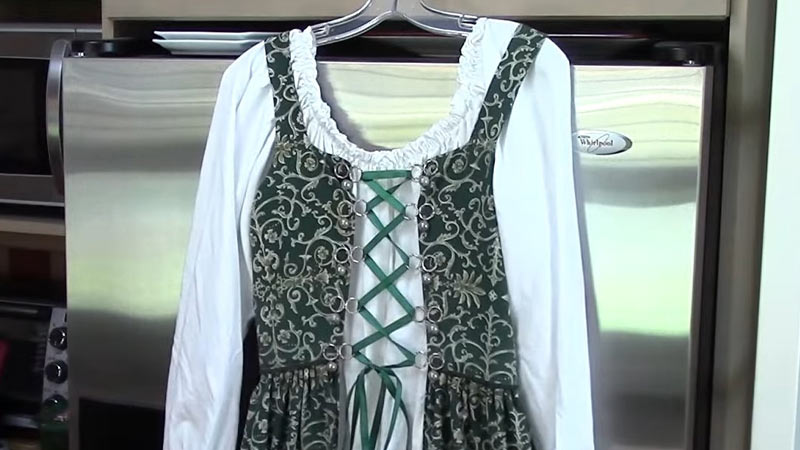
How to Make a Medieval Dress Out of Sheets?
Making a medieval dress out of sheets can be a creative and budget-friendly way to craft a costume for events, renaissance fairs, or themed parties.
Here’s a step-by-step guide on how to make a simple medieval dress using sheets:
Materials:
- Two flat bed sheets
- Scissors
- Measuring tape
- Elastic or ribbon for the waist
- Safety pins or a sewing machine (optional)
Instructions:
Choose Your Sheets
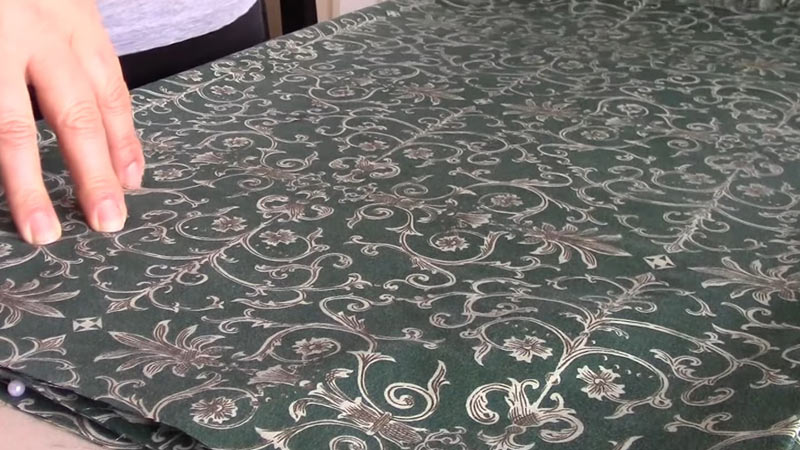
When selecting the sheets, aim for colors and patterns reminiscent of medieval attire.
Earthy tones such as browns and greens, or rich hues like deep reds and blues, can evoke the historical feel you’re going for. Look for sheets that complement each other well and match your style.
Measure and Cut the Fabric

Spread one sheet on a flat surface and measure the length you desire for the dress. Ideally, the length should extend from your shoulders to the floor for a classic medieval look. Once measured, carefully cut the sheet.
Utilize the excess fabric to craft sleeves and other decorative elements, ensuring minimal waste.
Create the Bodice
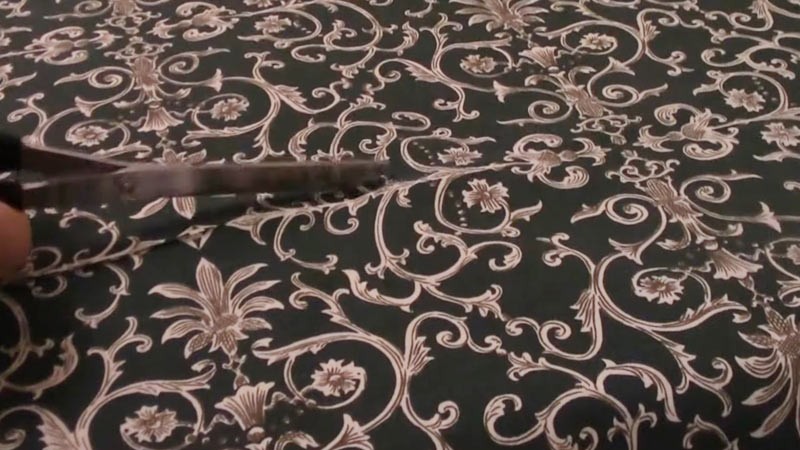
Fold the cut sheet vertically, aligning the edges. To form an opening for your head, cut a semi-circle from the folded edge.
This creates a basic poncho shape that serves as the foundation for the dress. Adjust the size of the neckline based on your comfort and desired style.
Add Sleeves
Using the remaining fabric, cut two rectangles for the sleeves. These rectangles should be long enough to reach from your shoulders to your wrists.
Attach the sleeves to the dress either by sewing them on for a permanent fix or using safety pins for a temporary solution. Experiment with sleeve size and shape to achieve the look you prefer.
Define the Waist
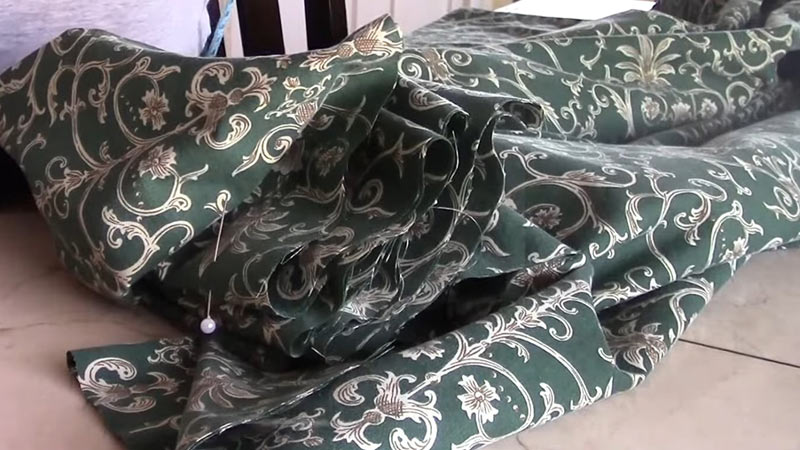
Measure your natural waist and cut a piece of elastic or ribbon to match that length. Attach the elastic or ribbon at the waistline, using either a sewing machine for a secure fit or safety pins for a quick adjustment.
This step not only adds structure to the dress but also contributes to a more fitted and authentic appearance.
Optional Embellishments
This step allows you to infuse your medieval dress with creativity. Utilize the second sheet to craft contrasting elements like a belt, trim, or additional sleeve details.
Experiment with different textures, patterns, or colors to enhance the overall aesthetic. For a more intricate design, explore techniques such as fabric paint, embroidery, or appliqué.
These embellishments add a personalized touch to your medieval attire, making it uniquely yours.
Adjust and Fit
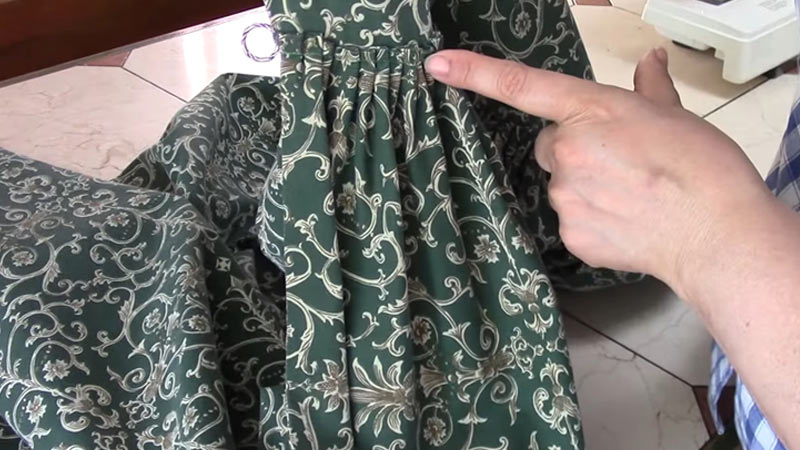
After completing the basic construction, it’s time to try on the dress. Ensure that the neckline, sleeves, and waist fit comfortably.
Make any necessary adjustments to achieve the desired fit. If you opted for safety pins during the assembly, double-check their security to prevent any wardrobe malfunctions.
This step ensures that your medieval dress not only looks authentic but is also comfortable to wear.
Finishing Touches
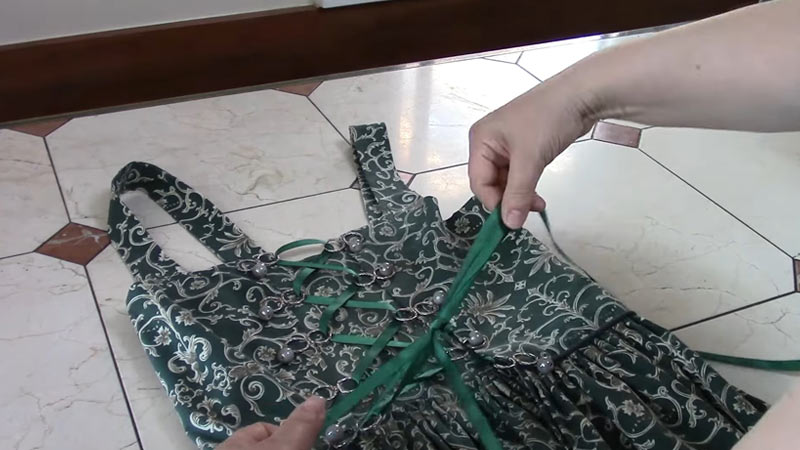
If you have an extra sheet at your disposal, consider using it to fashion a cloak or cape. Drape the sheet over your shoulders, allowing it to cascade down your back.
Fasten it with a brooch or another decorative element for an added flair. This accessory not only enhances the medieval aesthetic but also provides an extra layer of dramatic elegance to your costume.
Experiment with different draping styles and fastening methods to find the look that complements your overall design.
Easy Medieval Dress Patterns
Creating a medieval dress can be a rewarding endeavor, especially when armed with easy and accessible patterns.
Here are some ideas for simple medieval dress patterns that cater to both beginners and those with minimal sewing experience:
Basic Tunic Dress
For a straightforward medieval-inspired garment, begin with a basic tunic design. Cut a rectangular piece of fabric for the body, ensuring it’s wide enough to allow for comfortable movement.
Add simple rectangles for sleeves, attaching them to the body piece. To define the waist and add a touch of authenticity, cinch it with a ribbon or fabric belt.
This uncomplicated design is not only easy for beginners but also serves as a versatile base for additional embellishments or accessories.
Peasant-style Dress
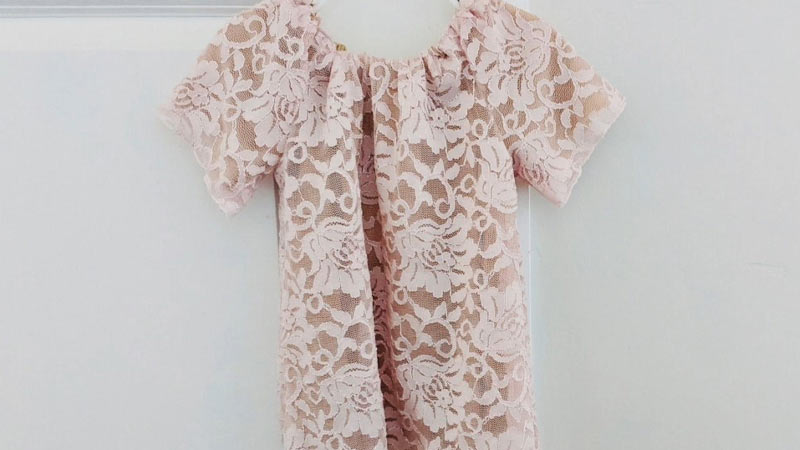
Ideal for those new to sewing, the peasant-style dress boasts a loose, ankle-length silhouette with a gathered neckline.
Craft billowy sleeves to add a touch of whimsy. This design’s simplicity ensures a straightforward construction, making it a perfect starting point for beginners exploring medieval attire.
The gathered neckline provides a relaxed fit while maintaining an authentic aesthetic.
Choose breathable, comfortable fabrics for a dress suitable for various occasions, from Renaissance fairs to themed gatherings.
Square Neckline Gown
For a more refined medieval look, fashion a gown with a square neckline. Sew together two rectangular pieces for the front and back, ensuring they align seamlessly.
Introduce triangular inserts on the sides to create a flared skirt, offering a graceful and flattering silhouette.
Finish the ensemble with a ribbon or fabric belt to accentuate the waist. This design strikes a balance between simplicity and elegance, making it suitable for both casual and more formal medieval-themed events.
Chemise or Shift Dress
Embark on your medieval dressmaking journey by designing a chemise or shift dress with a straightforward straight-line construction.
This undergarment serves as a versatile base for more elaborate costumes. Keep it ankle-length and loose-fitting for comfort, allowing the chemise to be worn on its own or layered beneath other medieval garments.
The simplicity of the design provides ample opportunities for customization, allowing you to add personal touches or embellishments as desired.
Circular Skirt Dress
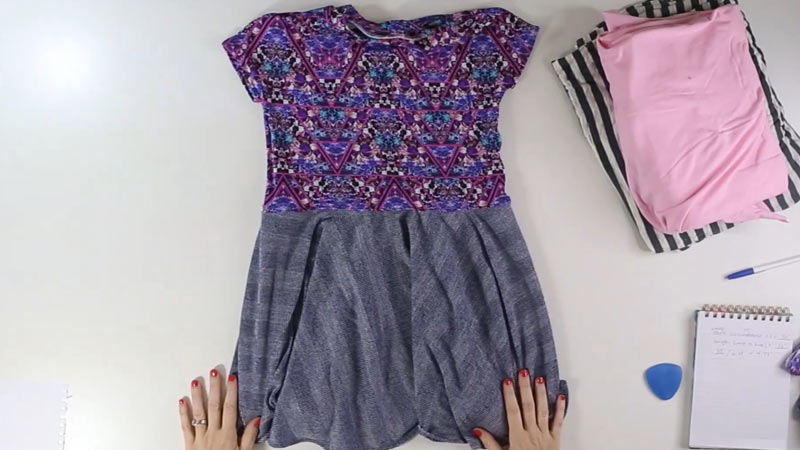
For an effortlessly elegant medieval dress, consider crafting a circular skirt dress. Attach a large circular piece of fabric to a fitted bodice, allowing the skirt to flow gracefully.
This design offers a flattering and timeless silhouette with minimal effort. The circular skirt provides a sense of movement, making it suitable for various medieval-inspired occasions.
Add a ribbon or fabric belt for a finishing touch, and you’ll have a captivating garment that captures the essence of medieval fashion with ease.
Empire Waist Dress
For an added touch of elegance, opt for an empire waist dress. The bodice gracefully sits just below the bust, offering a flattering silhouette that flows into a loose and comfortable skirt.
This style captures the timeless charm of medieval fashion, particularly favored for its simplicity and comfort.
To enhance the medieval aesthetic, consider adding wide sleeves that contribute to the overall regal and romantic feel of the garment.
Laced Bodice Dress
Delve into a more detailed medieval aesthetic by creating a dress with a laced bodice. Incorporate eyelets or loops into the design, allowing for an adjustable and customizable fit.
The laced bodice not only adds a touch of authenticity but also offers a visually striking element to the dress.
This intricate detail can be complemented by selecting fabrics and colors that evoke the rich textures of medieval fashion.
Hooded Cloak or Cape
Take your medieval ensemble to new heights by incorporating a hooded cloak or cape. Attach a hood to a large rectangle of fabric, creating a versatile accessory that complements your dress.
This addition not only provides a sense of mystery but also adds an extra layer of drama to your costume.
Experiment with different fabrics and lengths to achieve the desired effect, and fasten it with a decorative clasp or brooch for an elegant finishing touch.
Renaissance-style Overdress
Elevate your medieval dressmaking with a Renaissance-style overdress. Design a fitted bodice that flares into a gracefully flowing skirt.
Incorporate puffed or bell sleeves to infuse a touch of Renaissance elegance into your ensemble.
This style showcases a more refined and elaborate interpretation of medieval fashion, making it suitable for events that call for a sophisticated and regal appearance.
Patchwork Peasant Dress
Embrace a rustic and eclectic look by crafting a peasant dress with patchwork details. Combine different fabrics, colors, and patterns to create a visually rich and textured garment.
The patchwork peasant dress exudes a sense of individuality and creativity, making it a unique addition to any medieval-themed event.
This style allows for a personalized touch, allowing you to experiment with various fabric scraps and embellishments to achieve a one-of-a-kind medieval costume.
FAQs
Can I use any sheets for a medieval dress?
Opt for flat bed sheets in medieval-like colors and patterns for authenticity.
Do I need advanced sewing skills?
Basic sewing skills are sufficient for simple designs, but more intricate styles may require additional experience.
What embellishments can I add?
Get creative with fabric paint, embroidery, or appliqué. Use a second sheet for contrasting details.
Can I adjust the dress for different body sizes?
Yes, most patterns allow customization. Elastic or ribbon for the waist helps with size adjustments.
How can I secure the dress without sewing?
Use safety pins for a quick fix, but a sewing machine or fabric glue provides a more permanent solution.
To Recap
Crafting a medieval dress from sheets is a delightful blend of creativity and practicality, offering a cost-effective and personalized alternative to store-bought costumes.
By selecting the right sheets, measuring with precision, and incorporating optional embellishments, you breathe life into a simple fabric, transforming it into a unique garment reminiscent of medieval allure.
The process invites individuals to express their artistic inclinations, experiment with design elements, and revel in the satisfaction of creating something authentically their own.
As the final touches are added, the resulting dress becomes more than just a costume – it is a wearable piece of historical-inspired art, a testament to ingenuity, and a doorway to imaginative realms.
Leave a Reply